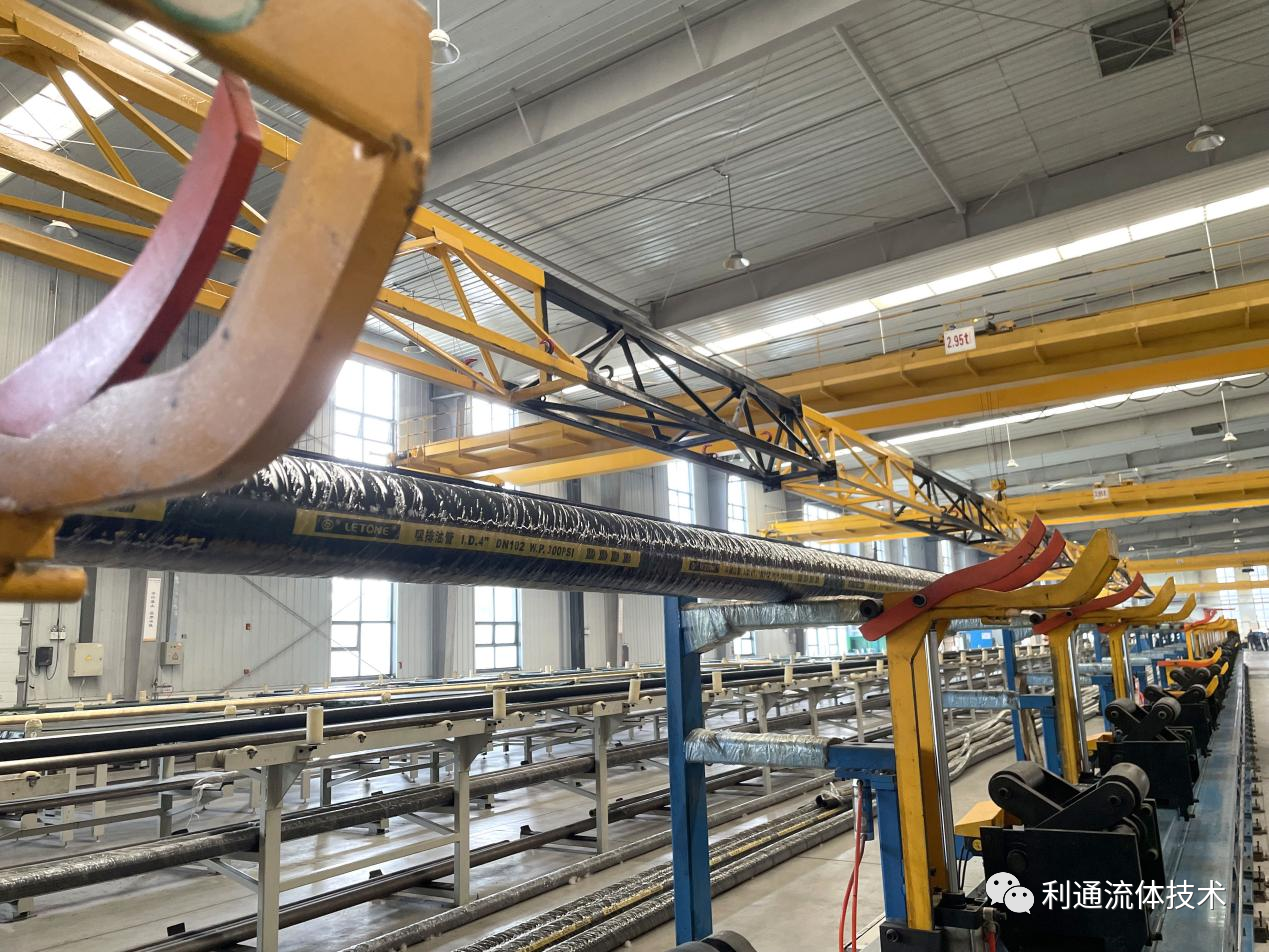Discover the secrets of floating hoses: the driving force behind innovation in modern industry
2024-11-27 13:47:45
With the continuous development of industrial technology, floating hoses, as an emerging technical product, have attracted more and more attention. It not only radiates new vitality in traditional fields, but also shows its unique advantages in many fields such as environmental protection, energy, and marine engineering. This article will delve into the composition, characteristics, applications and future development potential of floating hoses in order to provide readers with a detailed and insightful content.
The origin and development of floating hoses
The concept of floating hose originated from the offshore engineering and oil exploration industries. At the beginning of the 20th century, with the increased development of marine resources, traditional hoses faced many challenges in the marine environment due to weight and wear resistance issues. Therefore, the lightweight and buoyant floating hose came into being. By combining fiber-reinforced plastics and polymer materials with traditional hoses, the weight of floating hoses is significantly reduced while increasing service life and environmental performance.
Over the past few decades, floating hose technology has continued to evolve, with advances in materials science and engineering design resulting in ever-increasing hose performance. Especially due to the growing global demand for renewable energy, floating hoses are increasingly used in floating wind power and offshore solar platforms.
Structure and characteristics of floating hose
A typical floating hose is made of a composite of multiple materials, with a reinforced polymer layer at its core. This material not only gives the hose extremely high wear resistance and corrosion resistance, but also allows the floating hose to be used in harsh environments for a long time without loss of performance due to its excellent weather resistance. This layer is also designed with environmental friendliness in mind, with many modern floating hose materials degrading in the natural environment.
The outer layer of floating hoses is usually made of highly buoyant materials, which not only facilitates installation and improves work efficiency, but also significantly reduces maintenance costs. Because of this design, the floating hose can remain stable on the surface of the water, which is crucial for the laying of pipes often involved in marine projects.
In addition, the flexibility and customizability of floating hoses are also important reasons for their popularity. Engineers can adjust the diameter, length and other complex physical properties of the hose to best fit the work environment based on specific application needs.
Wide range of applications for floating hoses
Marine Engineering
Floating hoses are widely used in marine engineering, especially in offshore oil and gas extraction. The environmentally friendly properties and durability of floating hoses solve many problems of traditional marine pipelines. Not only are they resistant to corrosion from seawater, they can also adapt to changing temperatures and pressures. This plays a key role in ensuring the safe operation of offshore drilling platforms.
In addition, in the offshore farming industry, floating hoses can be used to arrange large-scale farming facilities. By combining it with eco-friendly materials, pollution and negative impacts on marine life can be reduced.
renewable energy
The use of floating hoses in wind and solar energy continues to expand as renewable energy development drives forward. For example, in offshore wind turbines, where cables are frequently exposed to seawater, floating hoses provide effective protection for the cables and extend the service life of the equipment. Because floating hoses have high tensile strength and flexibility, they effectively support and protect cable installations.
At the same time, floating solar platforms, as an emerging form of energy, have also received widespread attention. In this kind of platform, the flexibility and stability of the floating hose ensure the stability of the equipment on the water surface and promote the development of new energy sources in more areas.
Environmental protection and agriculture
Floating hoses also play an important role in the environmental protection field. For example, during the oil pollution cleaning process, floating hoses can quickly block large areas of water surface diffusion areas, effectively limit the scope of oil pollution and improve cleaning efficiency.
Likewise, in agriculture, the applications for floating hoses continue to expand. In some areas where water sources are scarce, floating hoses can help collect and transport water, greatly improving agricultural production efficiency and resource utilization.
Future-oriented development trends
With the global emphasis on environmental protection and sustainable development, the demand for floating hoses is expected to be on the rise. In the future, advances in material technology will further improve the environmental performance and durability of floating hoses. For example, the combination of nanomaterials and biodegradable materials will lead to a new round of technological innovation.
Intelligent floating hoses may also be an important direction for future development. Through IoT technology, smart sensors can be embedded in the hose to monitor its status and environmental parameters in real time. This not only improves emergency response but also extends the life cycle of the hose.
In the context of globalization and China’s “One Belt, One Road” initiative, the market for floating hoses will become even broader. Cooperation from marine economies, international projects and the development of emerging markets will provide a strong impetus for the improvement and application of floating hose technology.
Floating hoses are not only emerging in industry and marine engineering, but also gradually becoming an important part of promoting the development of green economy. With the continuous breakthroughs in technology and the expansion of application fields, floating hoses will play an even more important role in the future. Whether in improving industrial efficiency or achieving ecologically sustainable development, floating hoses will contribute their unique power.